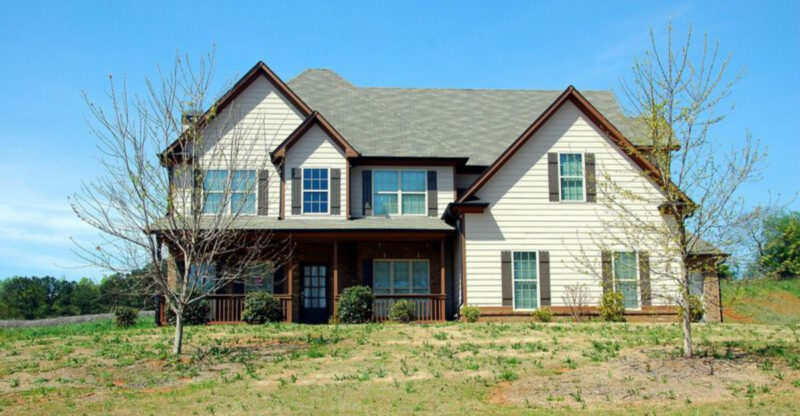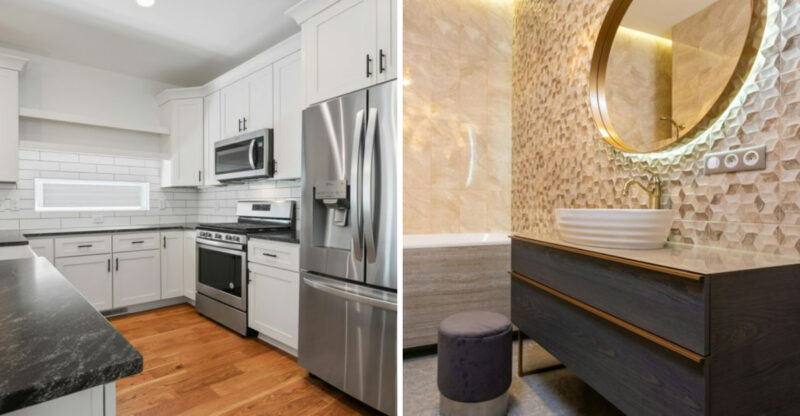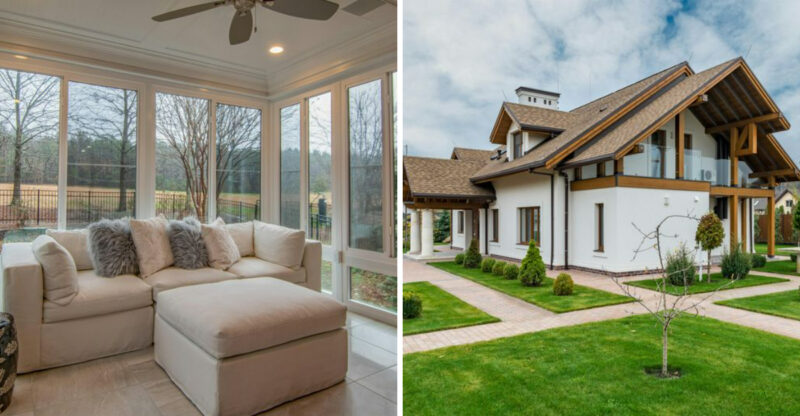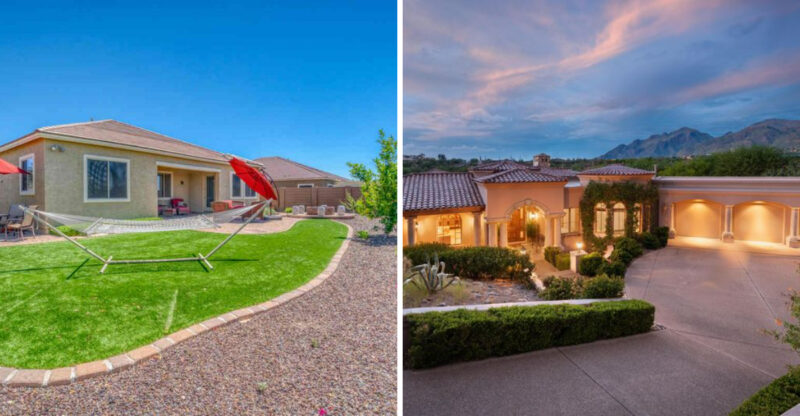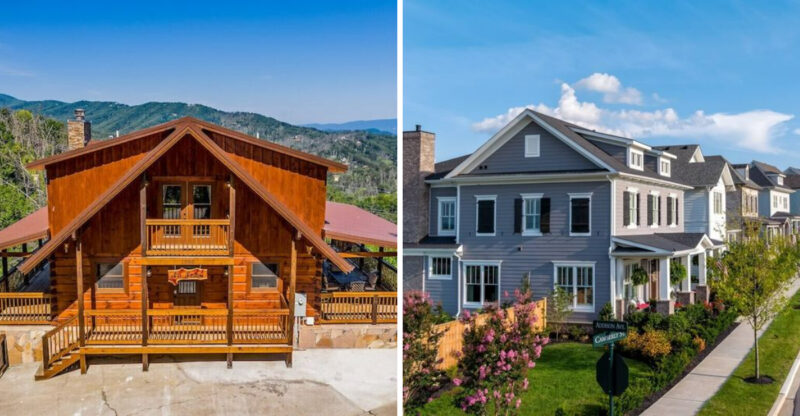Types of Homes That Might Lose Value Over Time
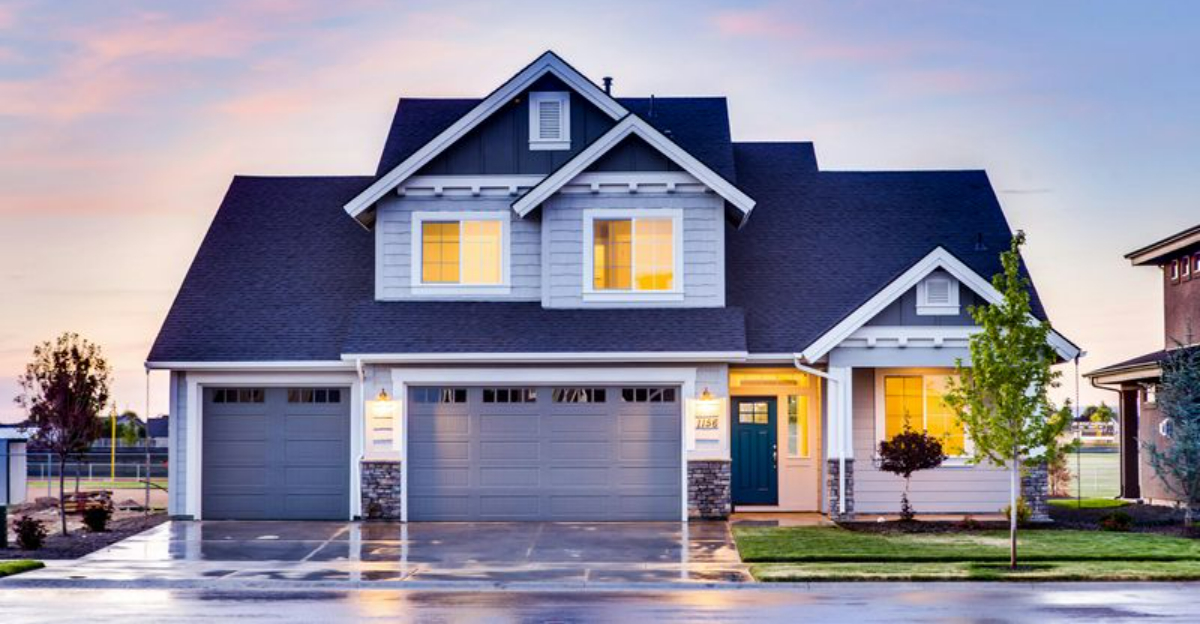
Buying a home is often viewed as a solid investment, but not all properties maintain or grow in value at the same rate. Some homes may even lose value over time, leaving owners with less than they initially paid. Knowing which types of properties are more likely to decline can help you make wiser decisions and avoid costly missteps.
The information in this article is for general guidance, property values can vary depending on location, market conditions, and individual circumstances.
1. Cookie-Cutter Tract Homes
When dozens of nearly identical houses fill a neighborhood, their uniqueness factor drops dramatically. These mass-produced homes often feature similar layouts, finishes, and exterior designs that can quickly feel dated.
As newer developments emerge with fresh designs and updated features, older tract homes may struggle to compete. Without distinctive characteristics or custom touches, they become harder to sell for premium prices.
The abundance of similar options also means buyers can easily compare prices, preventing sellers from commanding higher amounts for essentially the same product.
2. Homes Near Environmental Hazards
Living close to landfills, power plants, or factories can significantly impact property values. Even if these facilities meet safety regulations, public perception often drives market prices down.
Environmental concerns like potential water contamination, air quality issues, or noise pollution make these properties less attractive to future buyers. Research shows that homes near environmental hazards can lose 5-15% of their value compared to similar properties in cleaner areas.
As environmental awareness grows, this value gap may widen rather than shrink over time.
3. Ultra-Luxury Mansions
Surprisingly, the most expensive homes often experience the biggest percentage drops in value during market downturns. These multi-million dollar properties cater to a tiny segment of ultra-wealthy buyers.
When economic conditions tighten, the pool of qualified buyers shrinks dramatically. Custom features like indoor basketball courts, movie theaters, or wine cellars that cost fortunes to install typically return pennies on the dollar at resale.
Many luxury homes also come with enormous maintenance costs and property taxes that further limit their appeal when financial belts tighten.
4. Properties With Outdated Layouts
Homes built with yesterday’s lifestyle priorities often struggle in today’s market. Small, closed-off kitchens, formal dining rooms, and compartmentalized living spaces feel restrictive to modern buyers who prefer open concepts.
Outdated floor plans might include features like split-level entries, sunken living rooms, or tiny closets that frustrate contemporary sensibilities. Lacking the proper flow between spaces or sufficient natural light can make these homes feel cramped and dark.
Major layout changes usually require costly structural renovations, making these properties less attractive investments compared to homes with more adaptable designs.
5. Homes in Declining School Districts
School quality remains one of the top factors driving family home purchases. When a district’s performance metrics begin to slide, property values often follow suit, sometimes dropping 10-20% compared to homes in better districts.
Families with children will often pay significant premiums to access quality education. As test scores fall or schools lose accreditation, these buyers look elsewhere, dramatically shrinking demand.
Even buyers without children recognize the resale implications of poor schools, making them hesitant to invest in areas where education quality is deteriorating.
6. Properties With Deferred Maintenance
Neglected homes develop compounding problems that accelerate their decline in value. Small issues like peeling paint or leaky faucets signal potential larger problems to buyers and inspectors alike.
As maintenance gets postponed, systems like roofing, plumbing, and HVAC deteriorate more quickly, often requiring full replacement rather than simple repairs. The cost to address years of neglect typically exceeds the original maintenance expenses many times over.
Modern buyers increasingly seek move-in ready properties and will heavily discount homes requiring significant work, often overestimating renovation costs in their offers.

